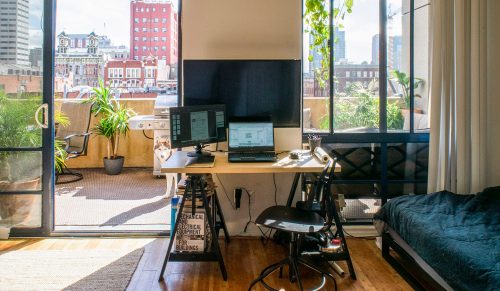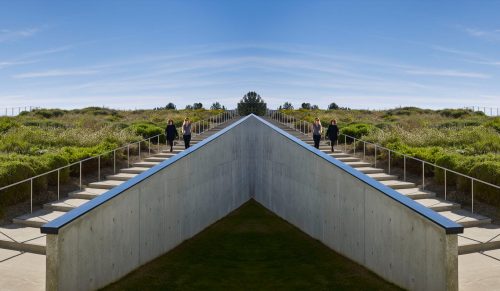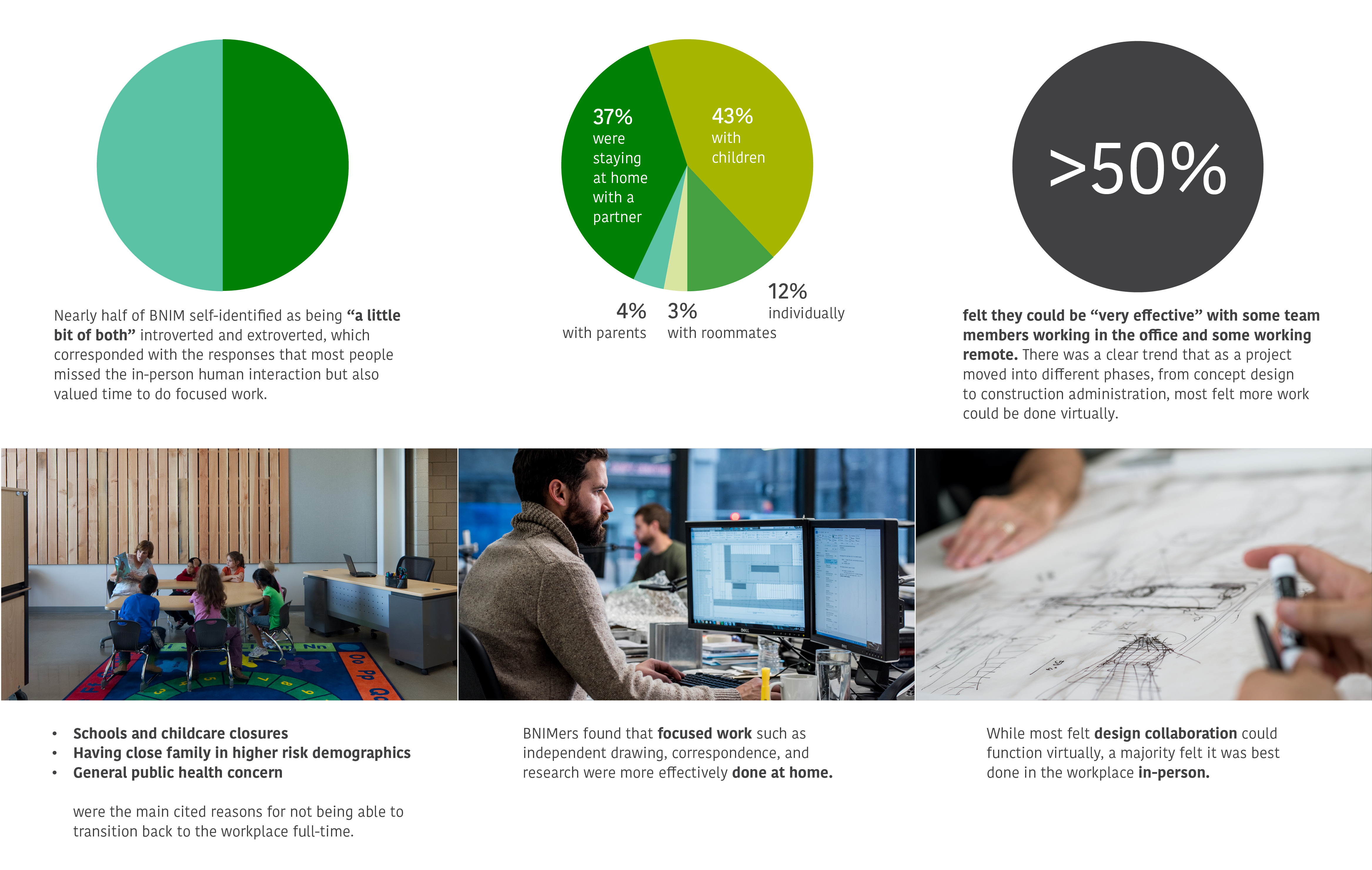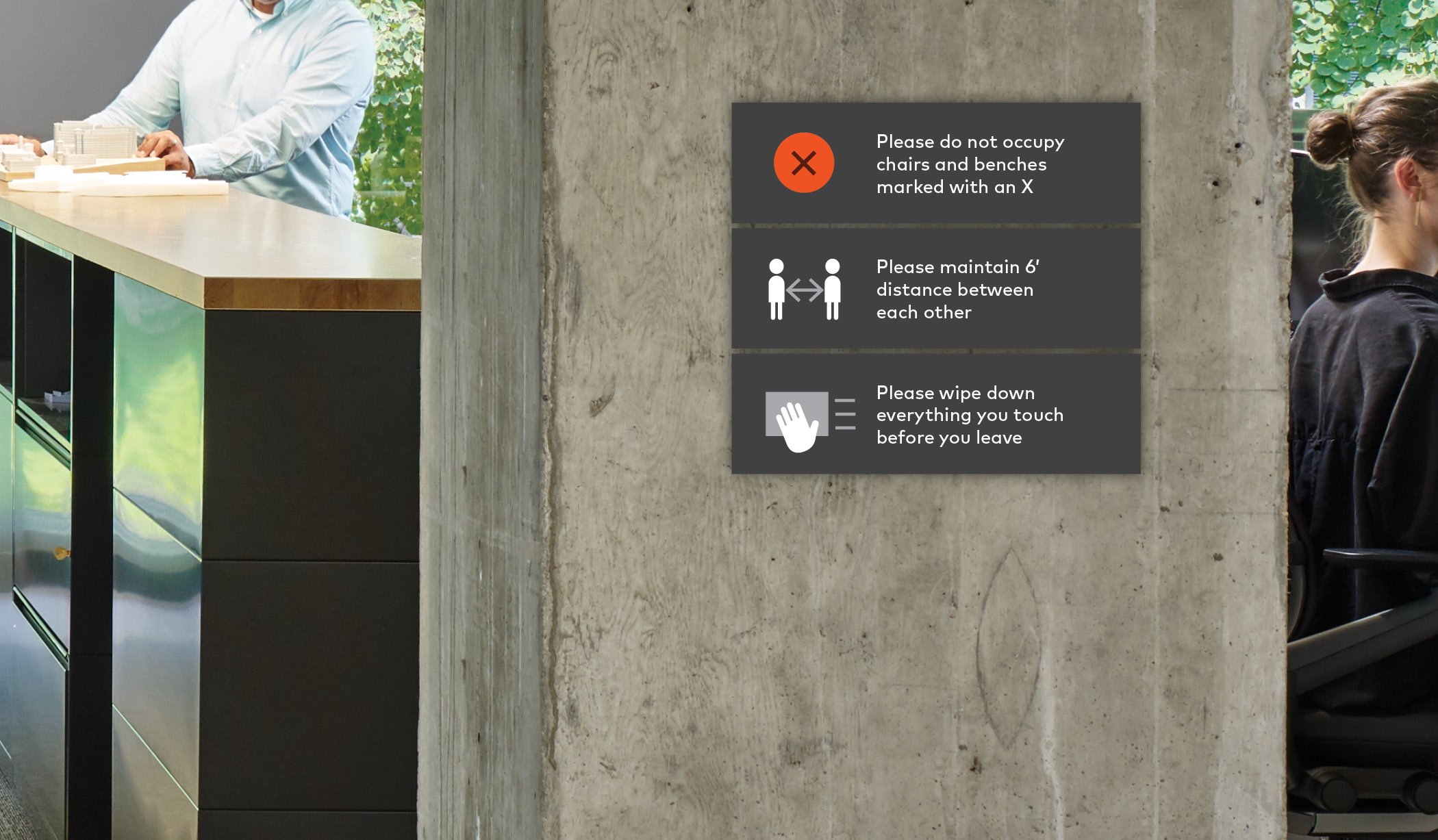
Future Flow – Return to a Resilient Normal
Even before the pandemic, climate action required of humanity a new way of living – a way that is less consumptive and destructive, and more regenerative and generous. While still acknowledging the horrible human suffering that the pandemic has wreaked and the societal inequities that it has laid bare, it has also given us a glimpse into how our global community can respond in unison and with care for each other … with generosity and within a different kind of flow. As we move ourselves out of our homes and back to the workplace and marketplace, the generosity of space that we now find more natural may be a guide to what we were looking for all along.
Human Purposed Integrated Design
Human Health and Wellness
For too many decades, buildings were designed without human wellness in mind, enough so that sick building syndrome became a reality. Our buildings should, in fact, support the well-being of humans and the planet. This is accomplished most effectively through an integrated design process that involves a diversity of voices that weave together building systems in the same way an ecosystem connects organisms with each other and their environment. This is the beginning of health.
Adaptive Spaces
As witnessed during the pandemic, what was once a single-use building quickly became adaptable and multi-purposed. To reduce the embodied carbon of our built environment and to design for future flexibility, it is critical that adaptability be a key design element of our buildings. Robust structures that support variable environments within are most supportive of our ever-evolving human needs, while being gentler on our planet. Welsh architect Alex Gordon may have said it best back in 1974: long life, loose fit, low energy.
Resiliency and Performance
Resiliency in the built environment is an intricate balance of strength and flexibility. Too much flexibility can lack durability (think of a tent); too much strength can end in catastrophic failure (think of a levee). Our homes and workplaces and schools require resiliency within several key performance metrics: health of occupants (for human resiliency), reduction of greenhouse gas emissions and embodied carbon (for our planet’s resiliency), low-energy and high-performance (for organizational resiliency). A high-performance design team will always focus on built environments that meet key resiliency metrics in human health, building performance, and generous design. This is the new flow.
————————————————
Future Flow
Future Flow is BNIM’s new design initiative for the workplace environment to enable continuity during and post-pandemic. The intention is provide ideas and solutions that enhance human health and well-being, improve building performance, and increase prosperity for a resilient future. Learn more by clicking here or on the image above.
BNIM continues to prototype this initiative within the office. Bookmark this page for updates.
Read about the our Future Flow – Return to Work(place) survey here.
In the coming weeks, new guidelines and new mindsets will shape how workplaces operate. An instructional overlay can comfort and help us navigate these changes by identifying, orienting and informing us on how to enter, occupy, move around and exit spaces. Learn about Future Flow Signage here.



